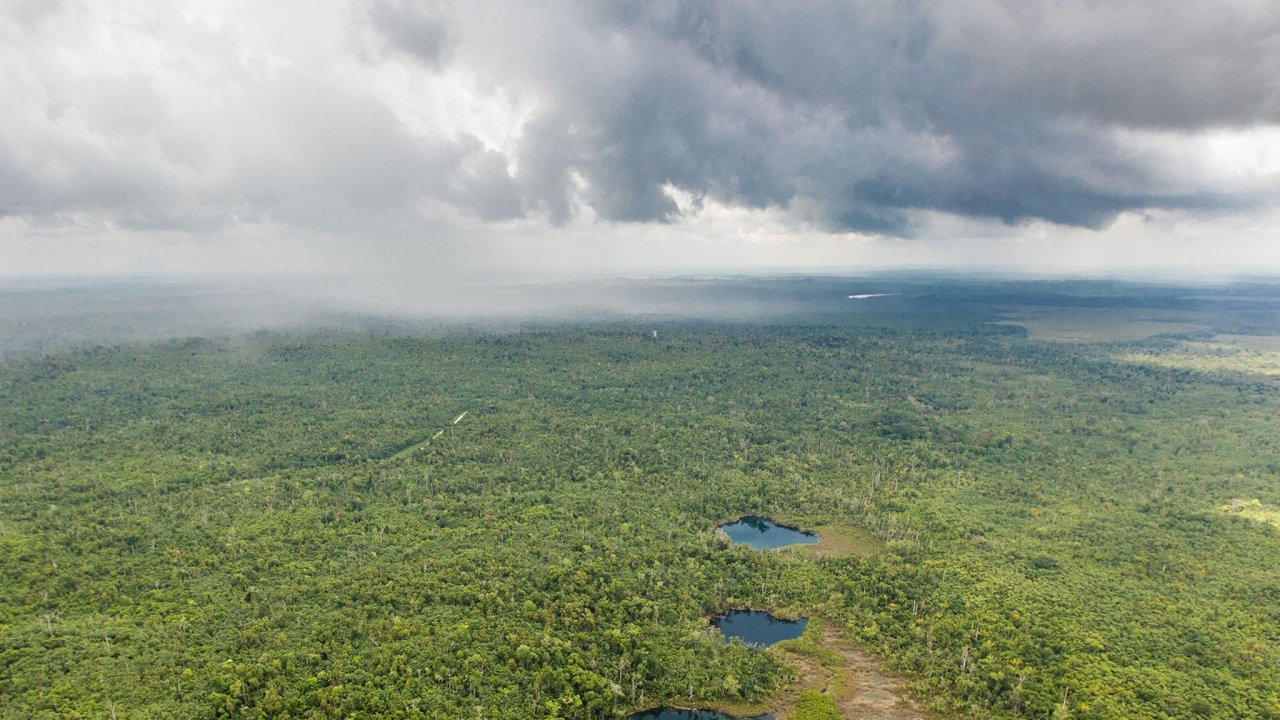
A multi-sector coalition has just bought a 950 sq km swathe of Belize’s Maya Forest, to protect vital habitat and wildlife corridors for iconic species such as jaguar and ocelot while helping boost climate efforts.
Green groups band together to buy Belize rainforest
More than a dozen organisations, including NGOs, the Belize government, community leaders, and businesses have formed a coalition to conserve one of the world’s last remaining pristine rainforests. In multiple news releases timed to coincide with Earth Day 2021, members of the green group announced the purchase of 236,000 acres (96,000 ha) of the Selva Maya’s imperiled tropical forest in northwestern Belize.
The lands are now protected from industrial logging; securing vital habitat for a range of species, including the iconic jaguar, critically endangered Central American river turtles, and endangered tapirs; an, in expanding the area under protection, the multi-sector coalition is effectively mitigating climate change in two ways: preventing emissions from tree loss, and ensuring they can continue to suck excess carbon out of the atmosphere.
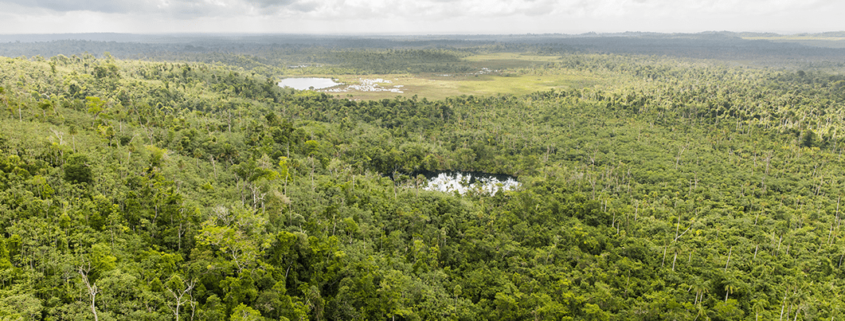
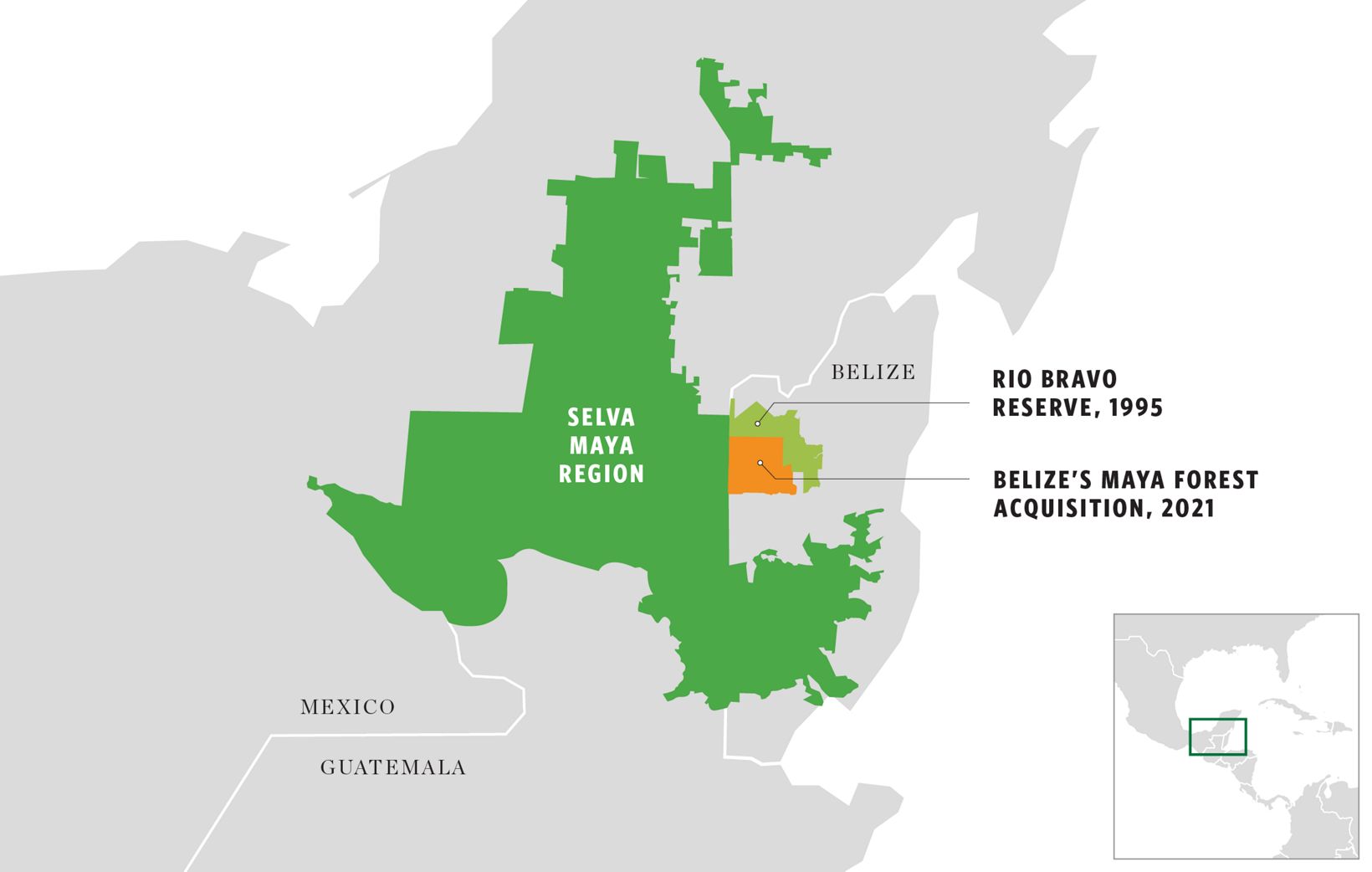
new protections will fill a critical gap in a vast forest network called the Selva Maya
Decades ago, writes the Rainforest Trust, a radical idea was born to protect the Maya Forest in Belize. What if NGOs, the government, community leaders, and businesses could form a coalition to conserve one of the world’s last remaining pristine rainforests?
Today, that dream is a reality with more than a dozen organizations coming together to protect 236,000 acres of land that represents an irreplaceable linchpin in the conservation of the largest remaining tropical forests in the Americas, outside the Amazon. This new protected area is contiguous with and nearly doubles the size of the adjacent Rio Bravo Conservation Management Area previously protected through efforts led by The Nature Conservancy. Combined, it represents 9% of the landmass of Belize and secures a vital wildlife corridor in Central America’s dwindling forests.
Together, these new protections will fill a critical gap in a vast forest network called the Selva Maya – 38 million acres of forest that includes 11 million acres of parks and protected areas across Central America. Belize has been at the forefront of land and ocean conservation; combined with previously protected areas, almost 40% of Belize’s land mass now has some level of protection in place.
Since 2011, the Maya Forest Corridor that connects Belize’s Maya Mountain Massif to the Belize Maya Forest has faced deforestation rates almost four times the national average, driven primarily by clearing land for industrial-scale agriculture. That was the fate that seemed very likely for this tract of land as well.
Securing protection for this climate and nature-critical ecosystem means preserving habitat for some of the world’s most iconic wildlife species like jaguars and ocelots, as well as preserving a significant living carbon reserve that represents a natural solution to climate change.
This project is a premier example of this sort of solution, preserving significant amounts of sequestered carbon, that would otherwise be lost due to deforestation, while offering valuable co-benefits, especially to biodiversity.
Source: RainforestTrust.org
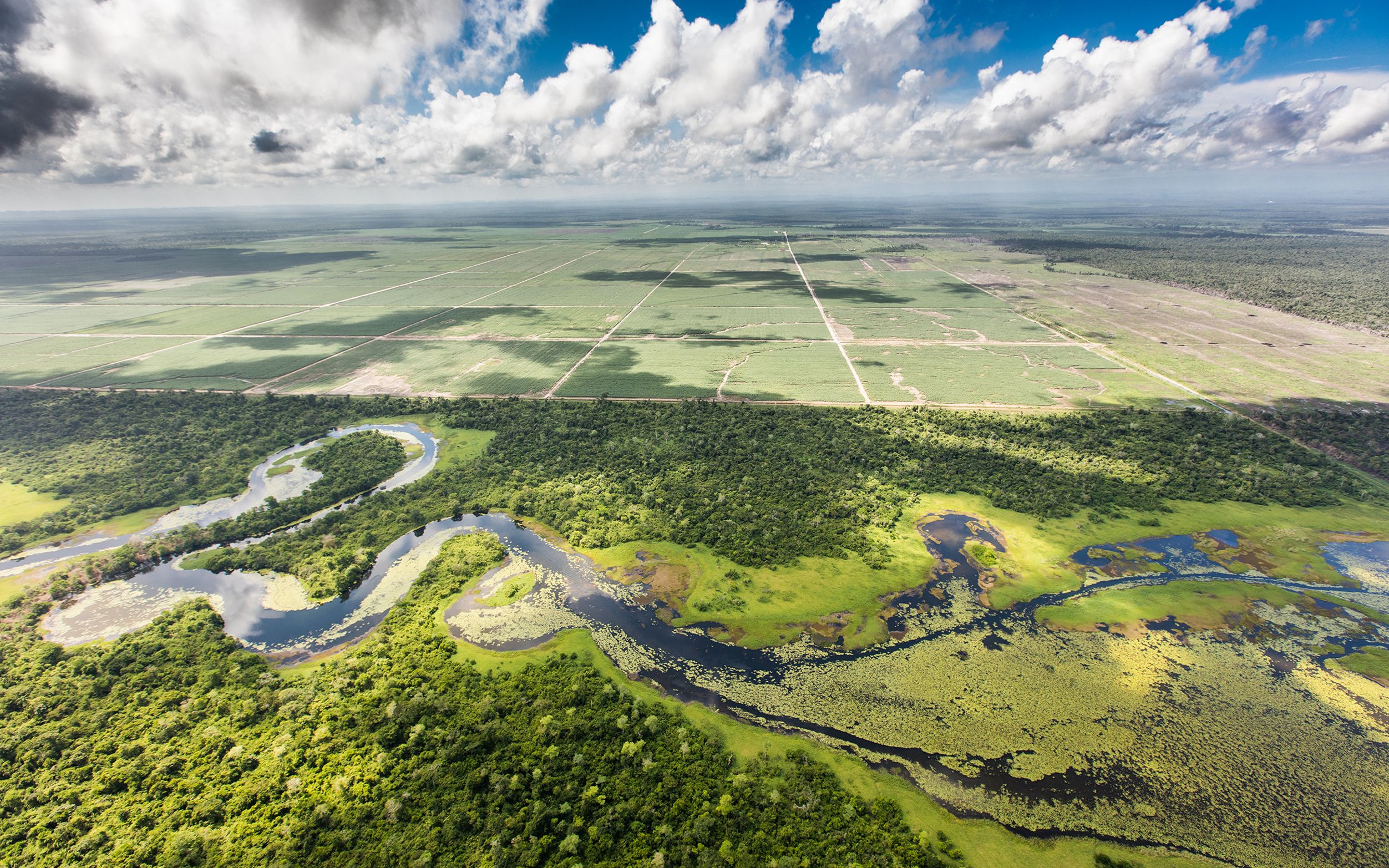
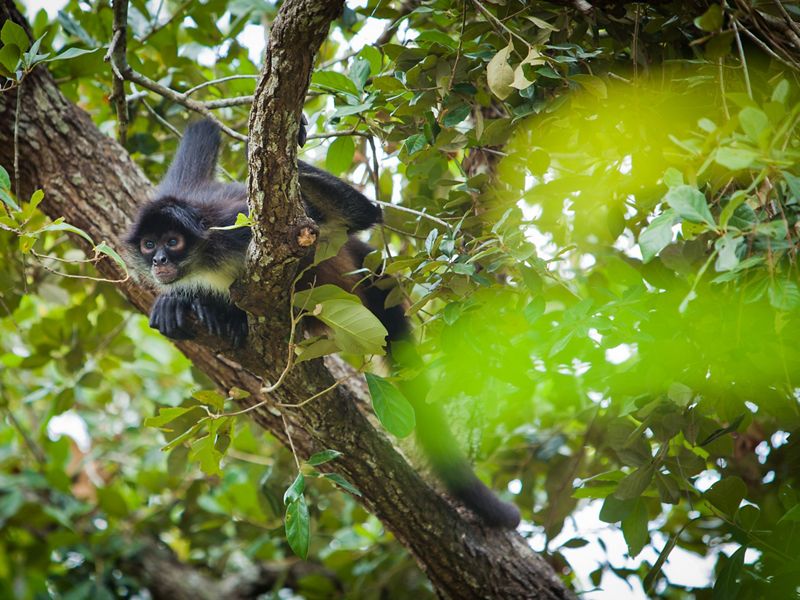
megafauna that depend on this precious ecosystem include tapir, howler monkeys, and spider monkeys
Natural climate solutions are conservation, restoration and improved land management actions that increase carbon storage or avoid greenhouse gas emissions in landscapes and wetlands across the globe. Combined with innovations in clean energy and other efforts to decarbonize the world’s economies, natural climate solutions offer some of our best options in the response to climate change.
“Saving ecosystems like the Belize Maya Forest is critical if we’re to succeed in rebalancing humankind’s relationship with the natural world and avoiding the worst impacts of climate change,” said Edilberto Romero, executive director, Programme for Belize. “Not only will this partnership secure the future of a vital missing piece of the protected area puzzle in Central America’s irreplaceable forests – but also secure the livelihoods of those communities who, like the iconic jaguar and other charismatic species, depend on this precious region for their survival.”
The Belize Maya Forest is a tropical biodiversity hotspot, home to 200 species of trees across a patchwork of forest, savanna and wetland, as well as over 400 species of birds, over 100 of them migratory. Iconic megafauna that depend on this precious ecosystem include tapir, howler monkeys, and spider monkeys – together with some of Central America’s largest surviving populations of jaguar, puma, margay and other native cats.
Partners who made the Belize Maya Forest conservation project possible through years of effort include: Bobolink Foundation, Cornell Lab of Ornithology, Cleary Gottlieb Steen & Hamilton LLP, Corozal Sustainable Future Initiative, International Tropical Conservation Fund, Gallon Jug Estate, Global Wildlife Conservation, Mass Audubon, Programme for Belize, Symphasis Foundation, The Nature Conservancy, Rainforest Trust, University of Belize Environmental Research Institute, Wildlife Conservation Society, World Land Trust and Wyss Foundation.
Source: RainforestTrust.org All images © Tony Rath Photography (unless otherwise stated).
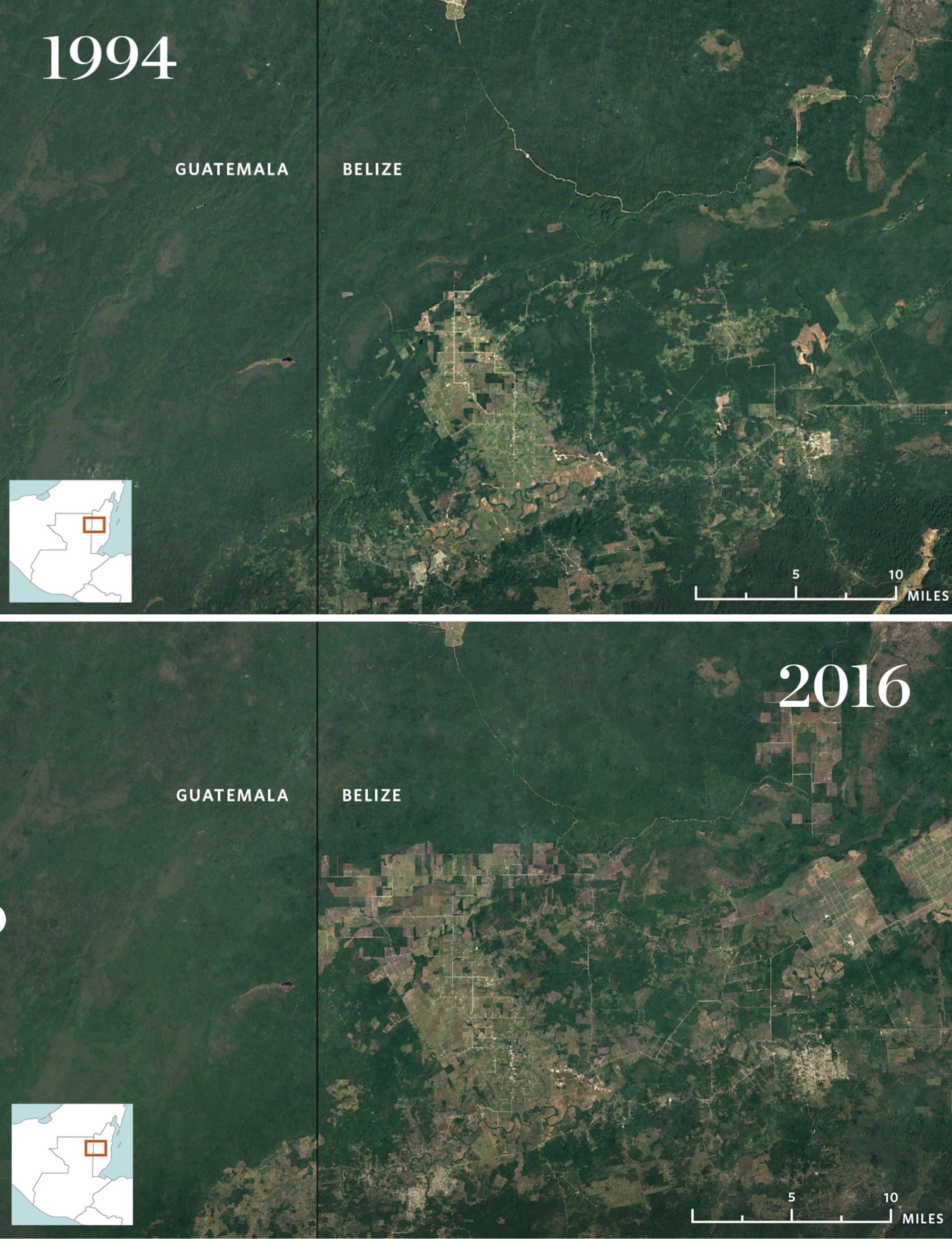
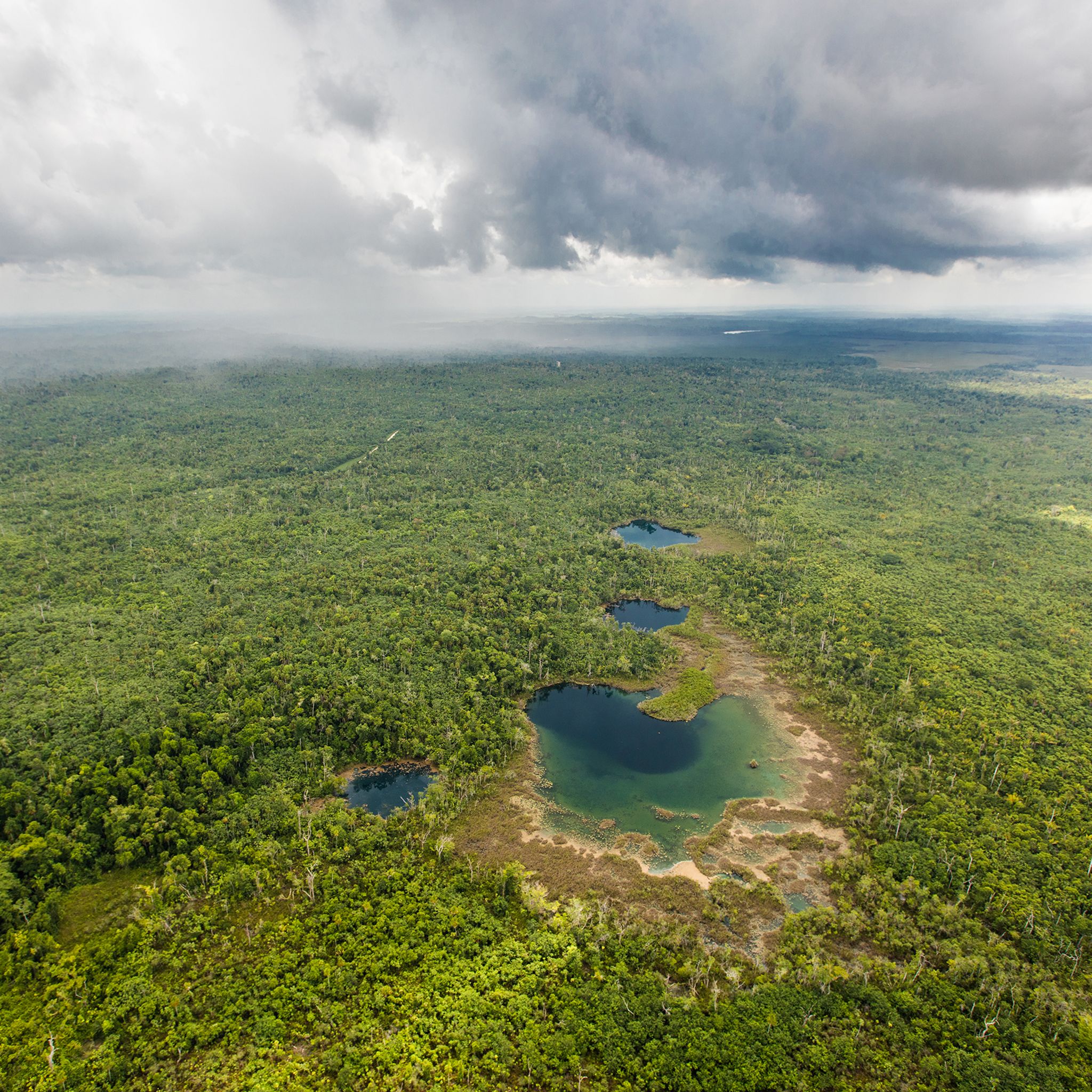
Protecting large areas of pristine rainforests will help mitigate the impacts of the climate crisis
The newly named Belize Maya Forest is part of 150,000 sq km (38m acres) of tropical forest across Mexico, Belize and Guatemala known as the Selva Maya, a biodiversity hotspot and home to five species of wild cat (jaguars, margay, ocelot, jaguarundi and puma), spider monkeys, howler monkeys and hundreds of bird species.
Combined with the adjacent Rio Bravo Reserve, Belize Maya Forest creates a protected area that covers 9% of Belize’s landmass, a critical “puzzle piece” in the Selva Maya forest region, helping secure a vital wildlife corridor across northern Guatemala, southern Mexico and Belize.
Protecting large areas of pristine rainforests will help mitigate the impacts of the climate crisis.
The area was owned by the Forestland Group, a US company that had permits for sustainable logging. When it came up for sale, the Nature Conservancy and others, including Rainforest Trust, World Land Trust, University of Belize Environmental Research Institute and Wildlife Conservation Society, saw an opportunity to buy the land.
Since 2011, the Maya Forest corridor, which connects Belize’s Maya mountains and the northern Maya lowland forests shared by Belize, Mexico and Guatemala, has faced high rates of deforestation, driven by land clearances for industrial-scale agriculture.
Despite the name, Mayans, whose civilisation once stretched across Belize, Guatemala and parts of Mexico, have not lived in the area for many years. Today, their descendants in Belize mainly live in the south. According to Robinson, indigenous peoples were not displaced to make way for industry, as has happened elsewhere in Latin America, but the private land was closed off.
Now the land has been acquired, the Belize Maya Forest Trust’s consultation process with local communities can begin. Collaborative plans are likely to include low-impact eco-tourism. There may also be some sustainable agriculture, as well as scientific research. The only thing not on the table is the extraction of natural resources, such as timber.
As the world’s climate and biodiversity crises worsen, philanthropic buying of land for protection could become more common.
Belize has launched several initiatives in recent years to protect its natural resources. In 2018, oil drilling off its coast was banned to safeguard marine environments and the lucrative diving industry. Nearly 40% of the country’s land mass is also under some form of protection. But the government’s environmental policies are also pragmatic, based on the value nature brings, from food and water supplies to tourism, one of the country’s largest generators of income.
Source: TheGuardian
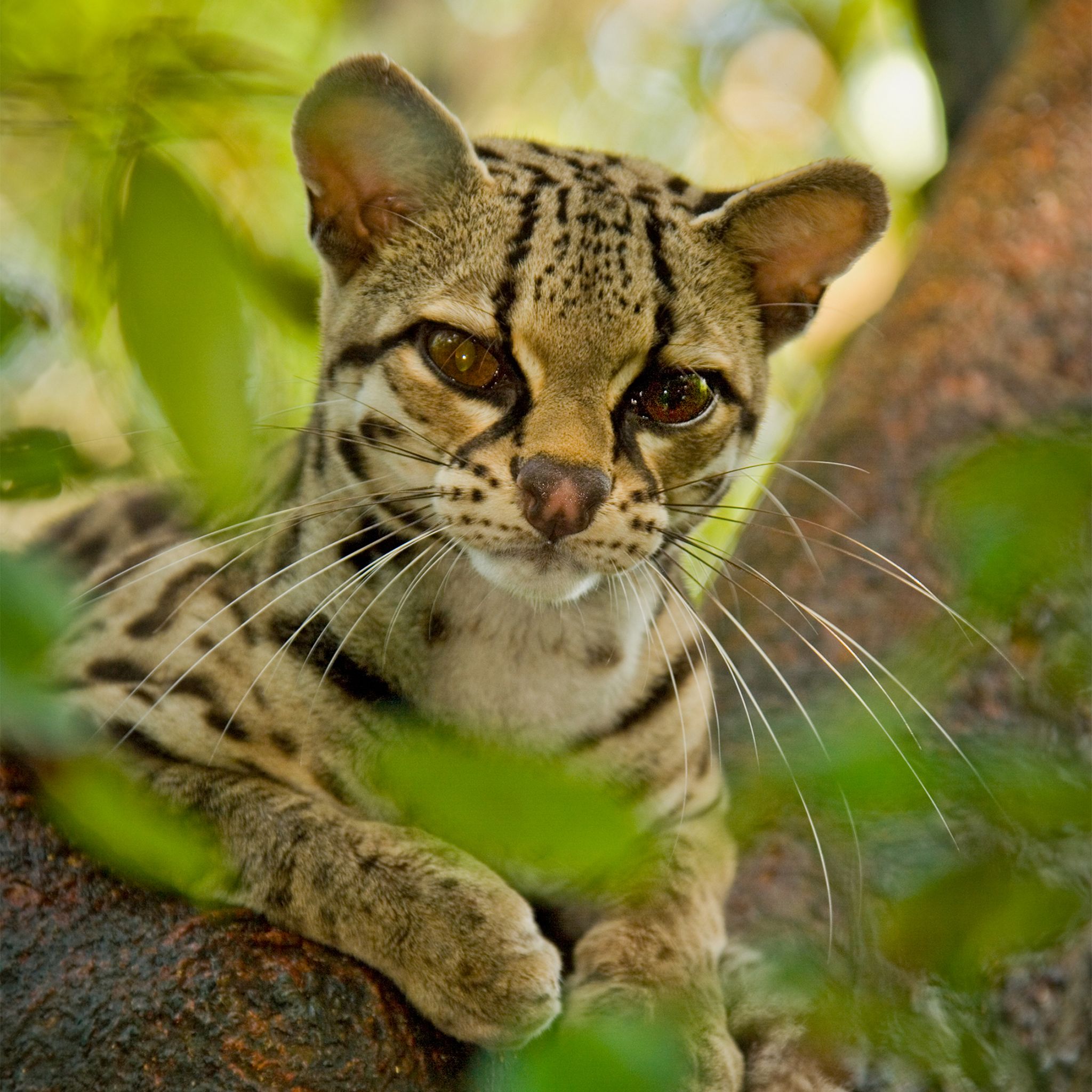

EARTH TODAY: A GLOBAL INITIATIVE TO ACCELERATE NATURE PROTECTION
Earth today is on a mission to increase awareness on the state of the planet and accelerate its protection. Metre by metre. Learn more.